THE INTERTIDAL RELOCATION MAP
My love of string maps grew from watching crime movies and TV shows in my childhood. I was fascinated by how the pure display of information proved too large for a sheet of paper. Upon deciding to recapture my desired locations, I finally had a reason to craft my own. My current 8”x4” string map tracks all my return visits to twenty locations, and now I cannot imagine the Intertidal Project without it.
THE RETURN LOCATION ATTEMPT STRING MAP SHORT FILM
Every visit to my curated locations is documented on an 8’x 4’ string map. The latest 2024 update proved more difficult than prior years for two reasons. The time lapse film now shows five years of map making.
Climate change has halted several Return Location Attempts intended for future TIDAL BLOCKS as the ground beneath my feet literally falls into the ocean.
The map is filling up, while many spots will require shoots for years to come. The big question weighs heavily on me: What happens when this map is full?
NEVER SAW IT COMING
My initial string map was intended to locate majestic sites captured with my iPhone during my first visit to Sea Ranch. Since I couldn’t find the way back to these locations from memory alone, photos embedded with GPS coordinates became priceless. The map grew while I tirelessly tracked each picture back to its origin with these GPS breadcrumbs. There was no way to foresee the magnitude of the undertaking ahead.
“X” MARKS THE SPOT



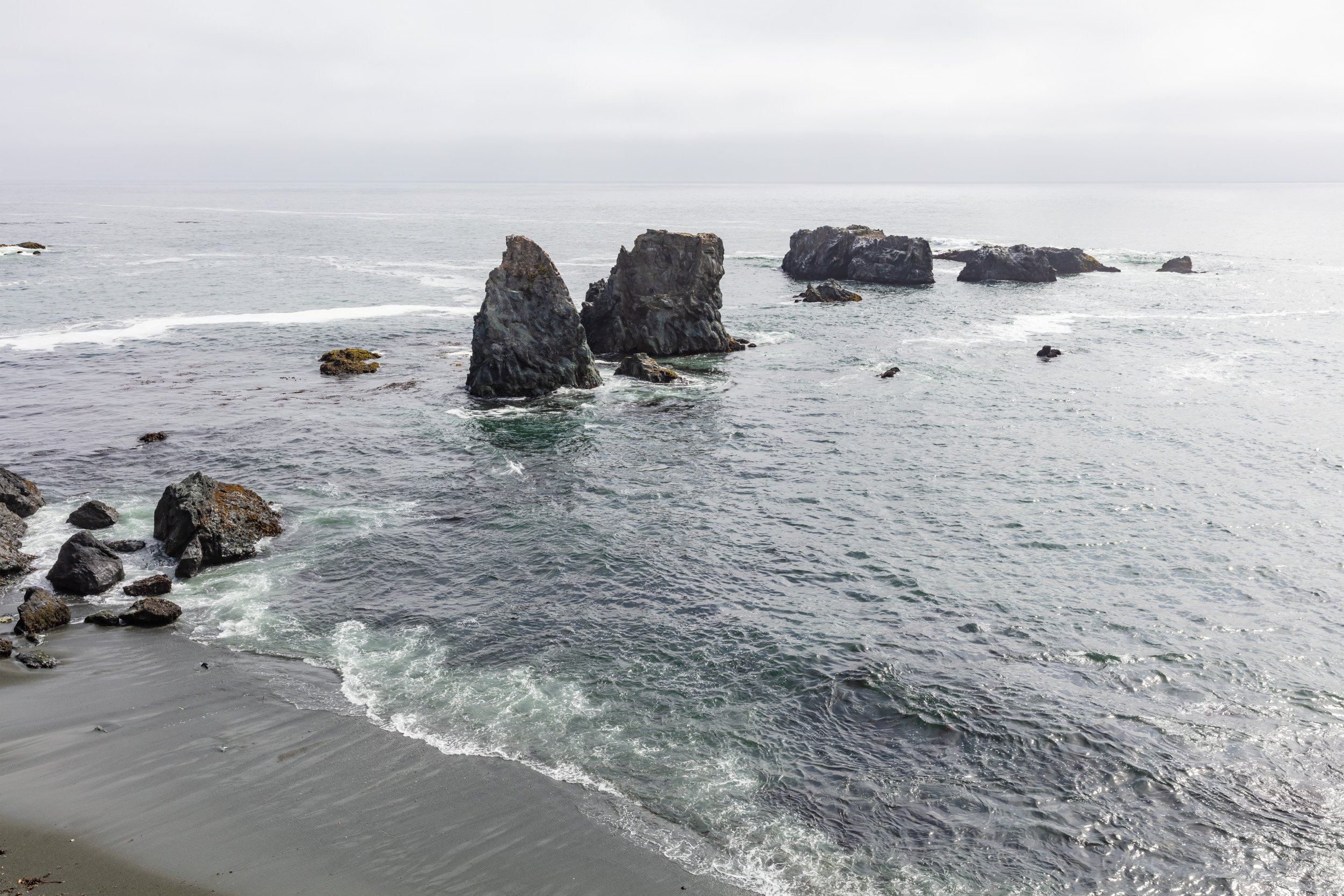






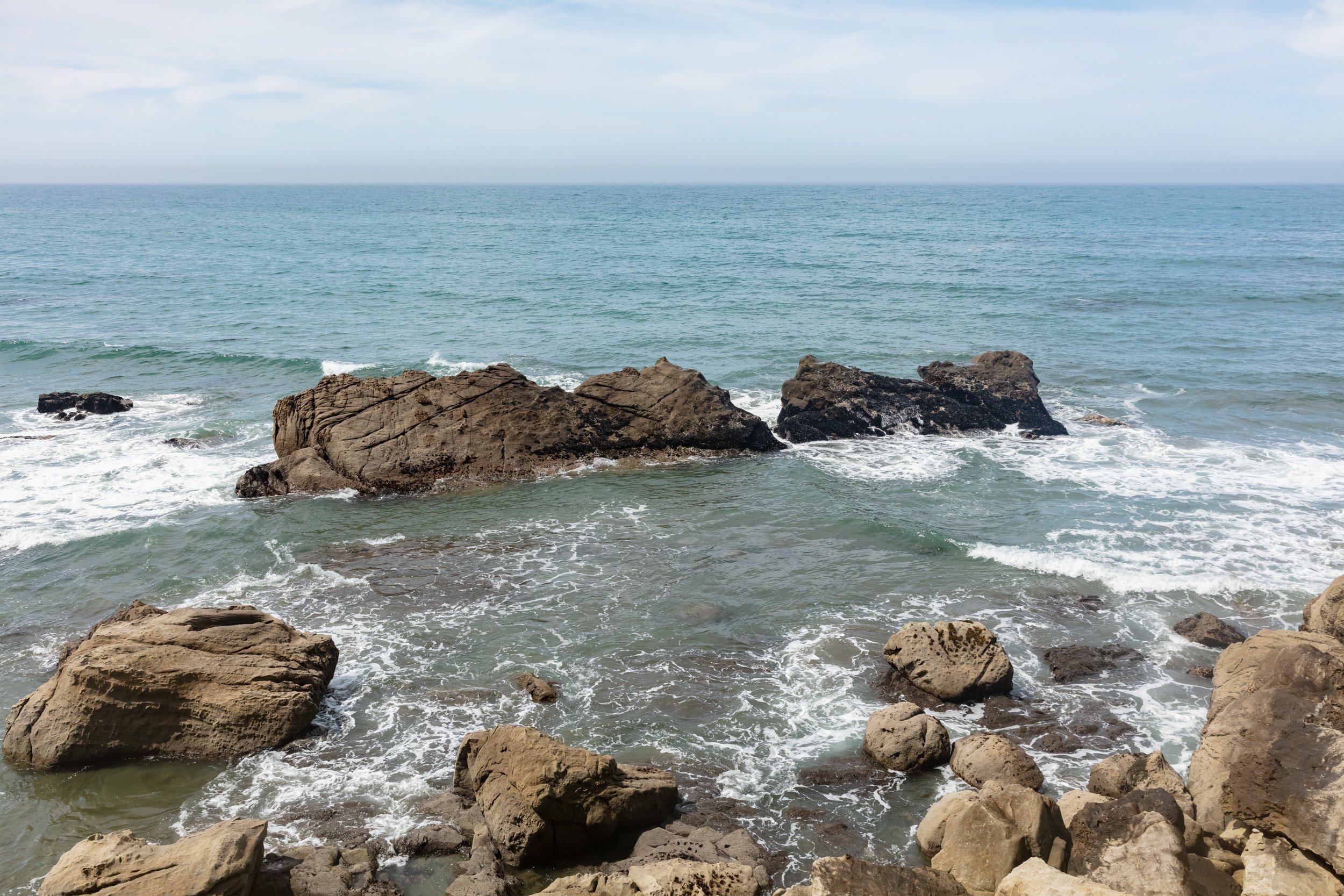







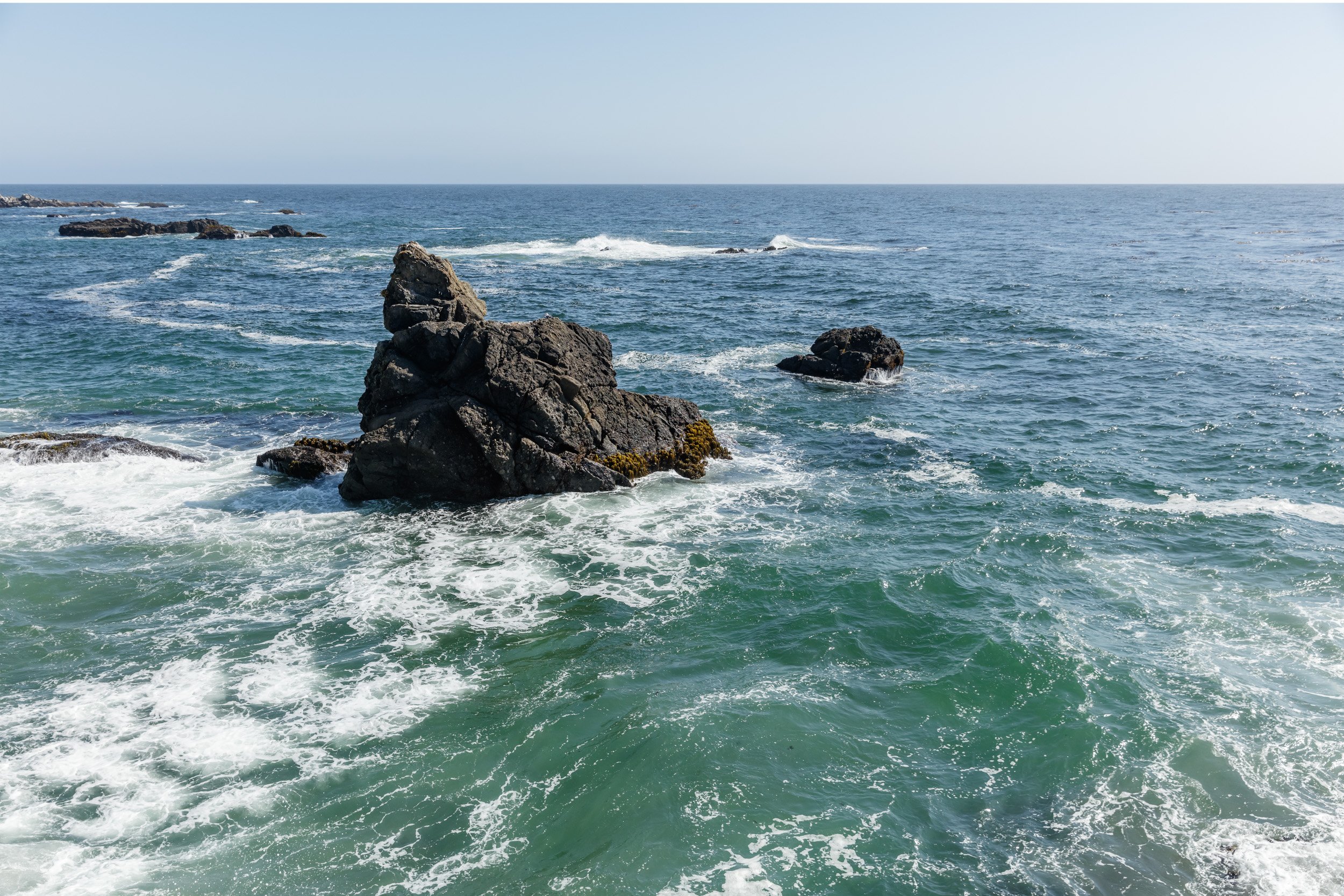

Using my iPhone string map results, I stalked the cliff edges I’d been drawn to originally. Unwittingly, the compositions were reminiscent of Japanese wood-block prints that distilled the infinite dance between water and rocks down to defined shapes of color. Choosing only twenty-one target locations from thousands of images wasn’t an easy task, but it launched my deep connection to the rock centerpieces I would come to know so well.
HARDER THAN IT LOOKS
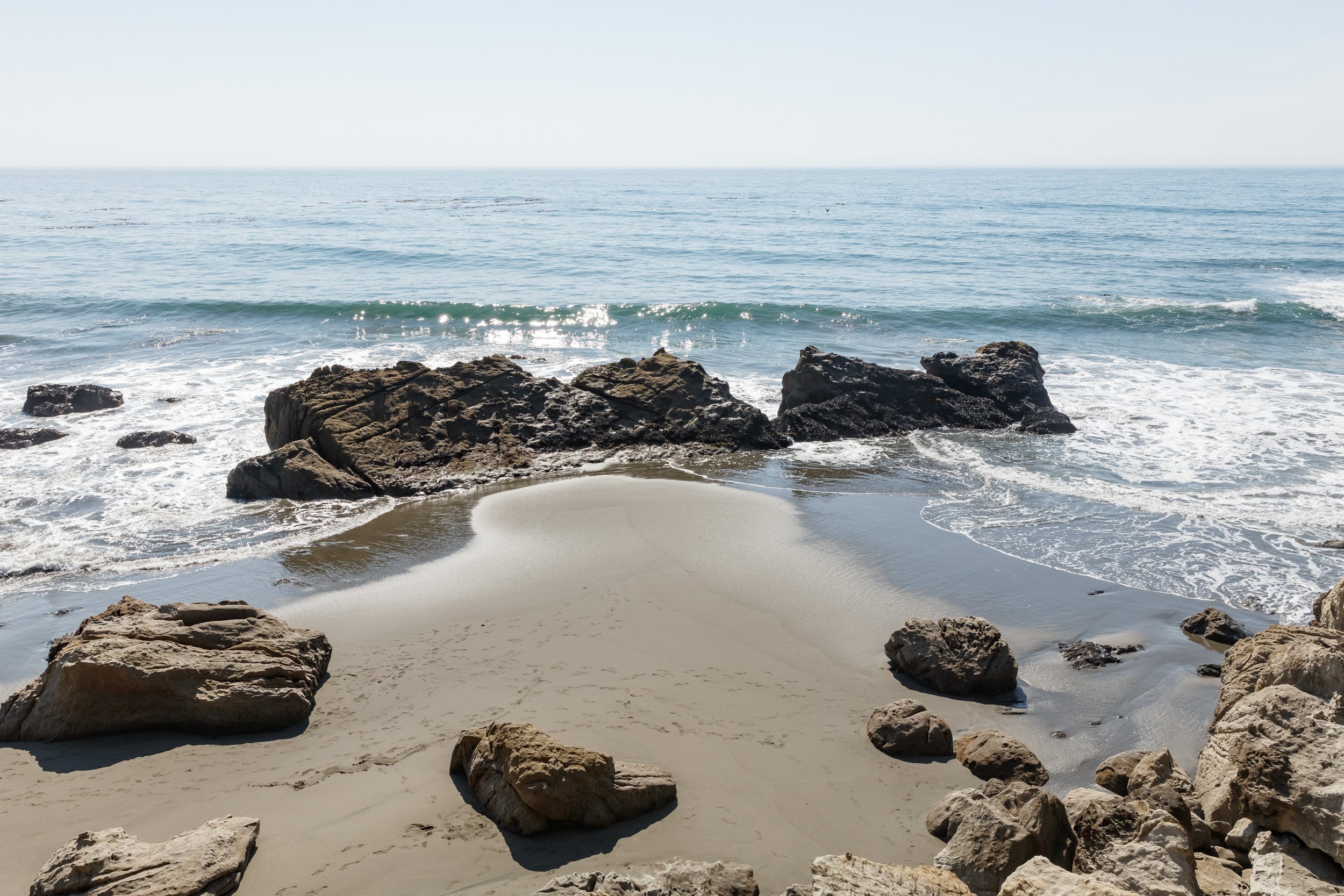

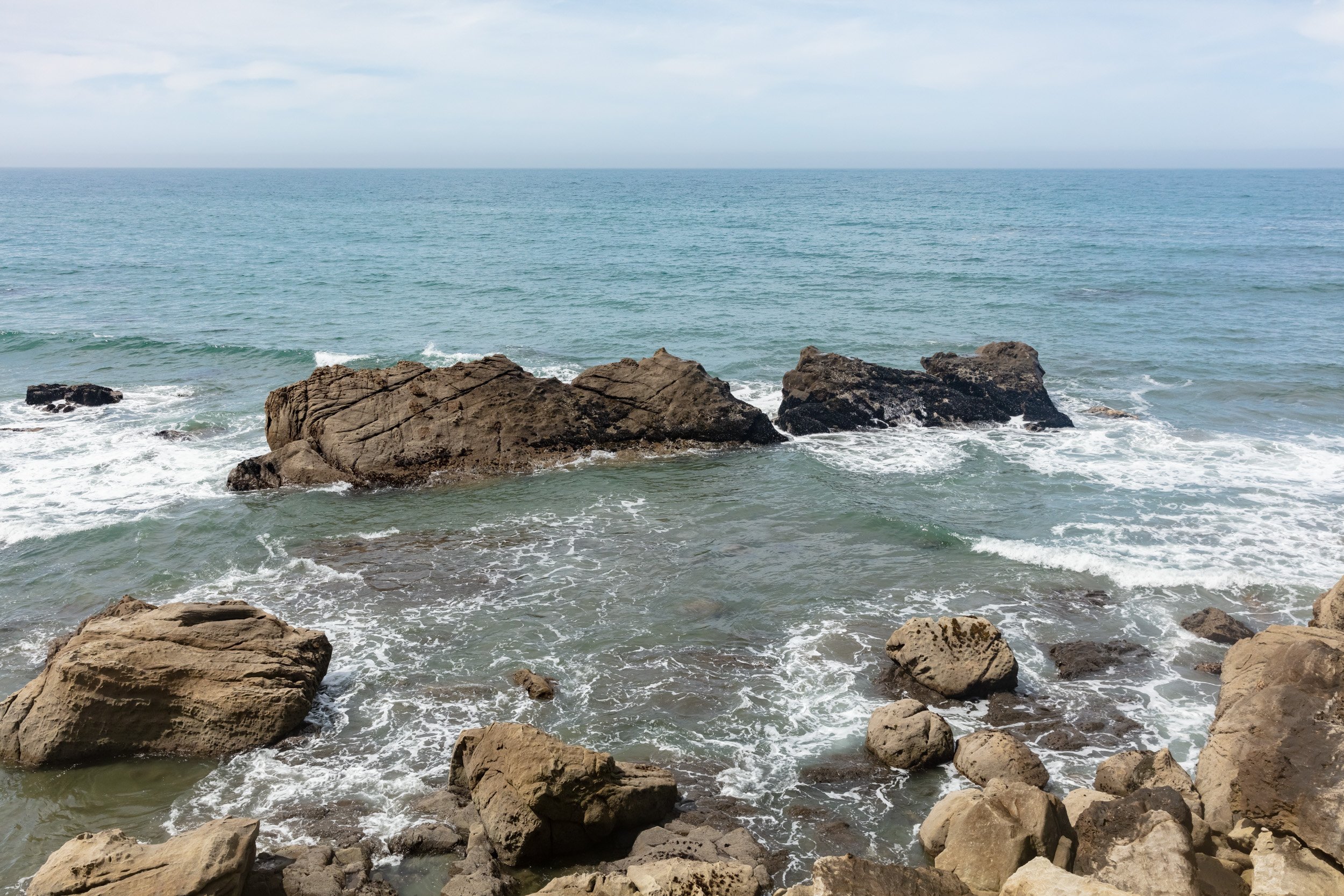






Originally, I thought GPS coordinates would do the trick, but they only got me within feet of the target. Creating more structure for the Return Location Attempts was essential if I wanted to succeed. I thus decided to photograph my feet in one place and repeat that stance exactly. I also crafted small albums with the original target photo overlaid with a grid to mirror the camera’s viewfinder. I began visiting each location and analyzing the results like a criminologist.
THE RELOCATION ENDGAME
Answering the question “How can I see all the tidal levels at once?” was neither an easy nor quick undertaking. The most important lesson I learned was that the entire process was an exercise in futility, yet it remained too compelling to abandon. Exact matches would take a lifetime to master. Ultimately, it took years to begin the first TIDAL BLOCK picture and forty visits to Wild Moor Point to capture enough frames to construct it. One down, only twenty to go . . .





